Letter from Washington DC: the projects getting the green light in a city of red tape
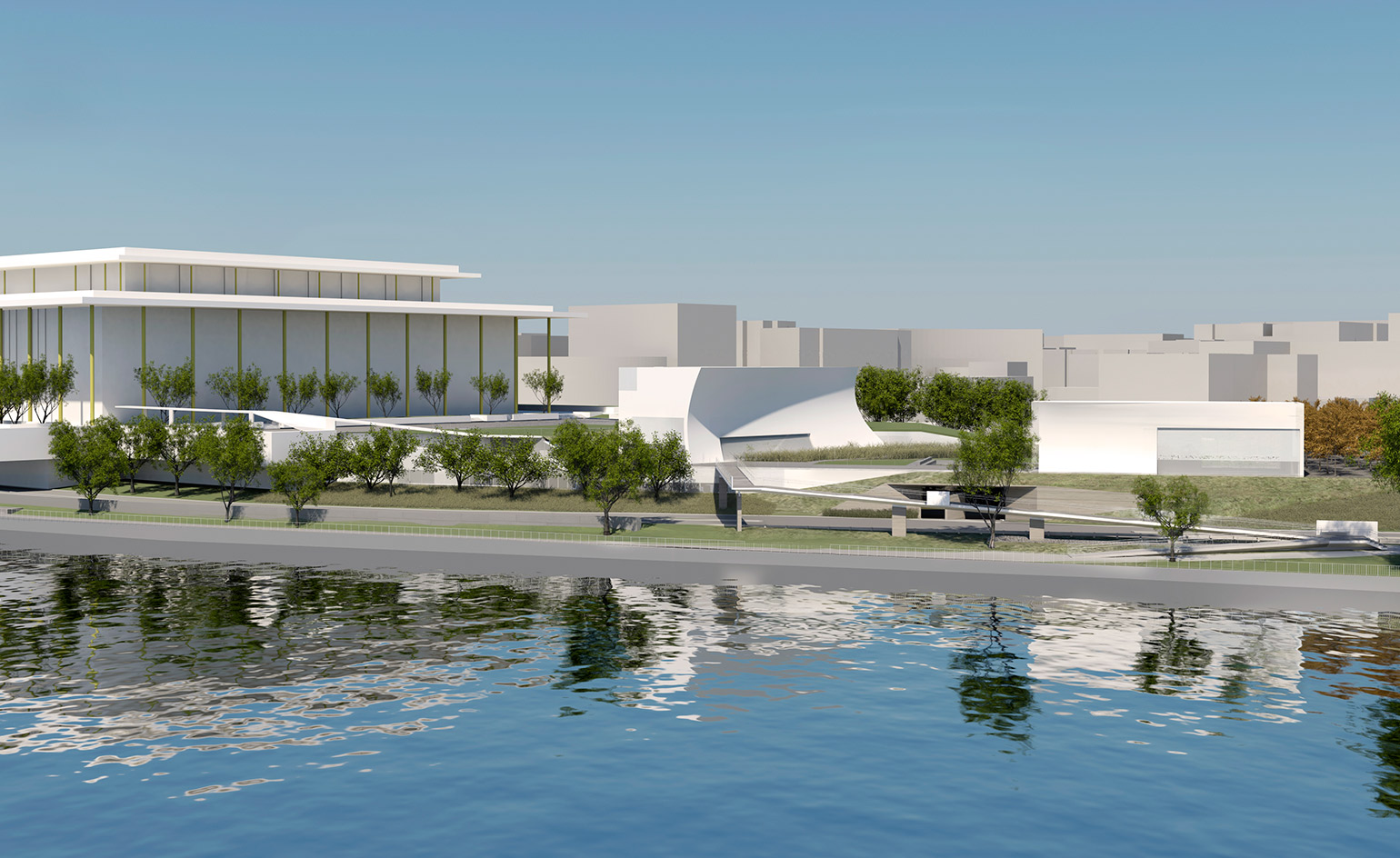
Every presidential election throws Washington DC into demographic flux. Politics aside, though, the city is also welcoming young families and graduates by the trainload as it gradually repositions itself as a great all-rounder of a place. With breakneck gentrification and a foodie revolution introducing Washingtonians to New York-style living, you’d think the city fabric would be turning itself inside out.
Yet it’s remarkably difficult to get things built here. Red tape is a fact of life, as are conservative old-timers galvanised against change. It took a new baseball franchise to kickstart the redevelopment of the crumbling Navy Yards, and David Adjaye’s lauded National Museum of African American History and Culture, which opened last year, was a century in the making.
In a bureaucratic city characterised by government office space, local designer/developer Brook Rose saw potential in a rare landmark warehouse once used to manufactured some of the first rotary gyrocopter engines. Meanwhile, New York architect Steven Holl’s Obama-era infrastructure project will open in much less certain times, no less for the arts. Two blocks south of the National Mall, Detroit-based SmithGroupJJR has transformed a landmark transport warehouse into a museum to rival the Smithsonians in splendour.
What does go up tends to be overwhelmed with mirrored glass. Yet there are exceptions. While planners have greenlit a redesign of Constitutional Gardens by Rogers Partners and PWP, as well as a delicate glass office complex by REX Architecture, there have been a handful of exemplary projects come to fruition.
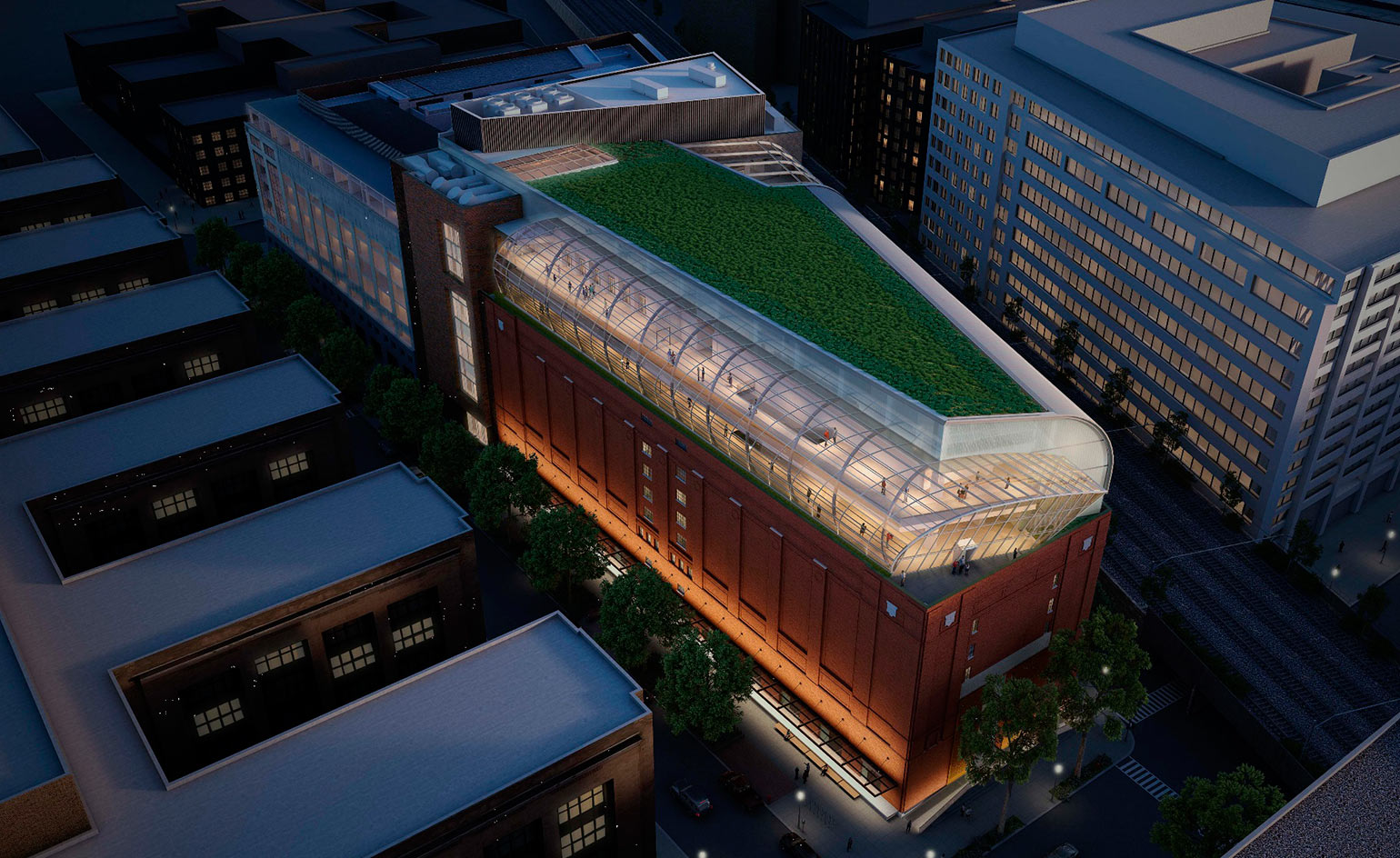
Museum of the Bible, SmithGroupJJR, opening November 2017: Conceived to house some 40,000 biblical artefacts, one for each square metre of space, the non-sectarian Museum of the Bible launches later this year, opening at the original train portal, decorated, fittingly, in stained glass displaying a portion of the Great Isaiah Scroll
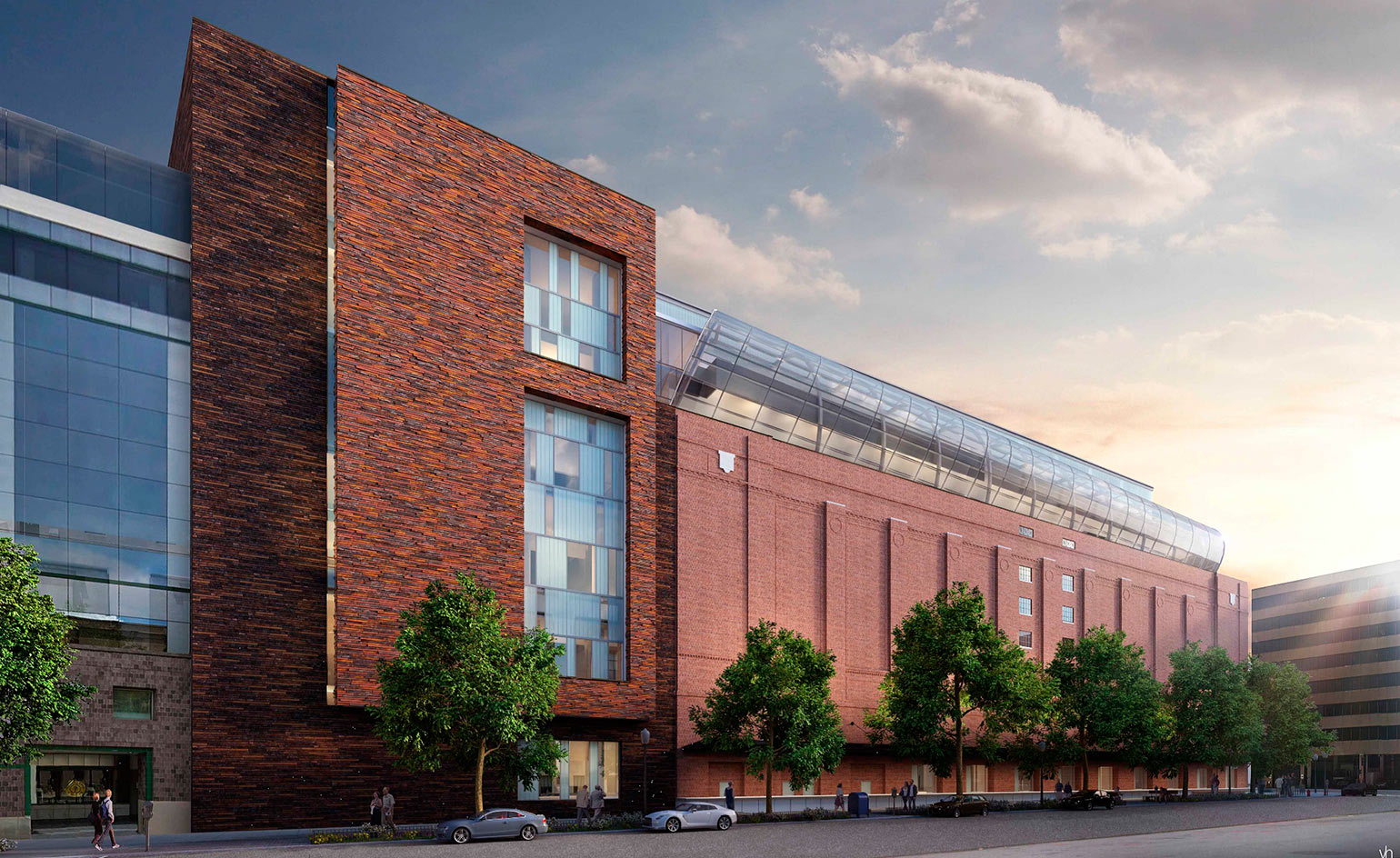
Museum of the Bible, SmithGroupJJR, opening November 2017: Jerusalem-stone columns punctuate the 12m-high flatiron, where much of the collection of scriptures, stones and antiquities sit beneath a backlit mock-fresco ceiling. Further up a floating stairwell, a two-storey rooftop addition blanketed in a glass curtain wall houses a theatre and ballroom with views over the Capitol
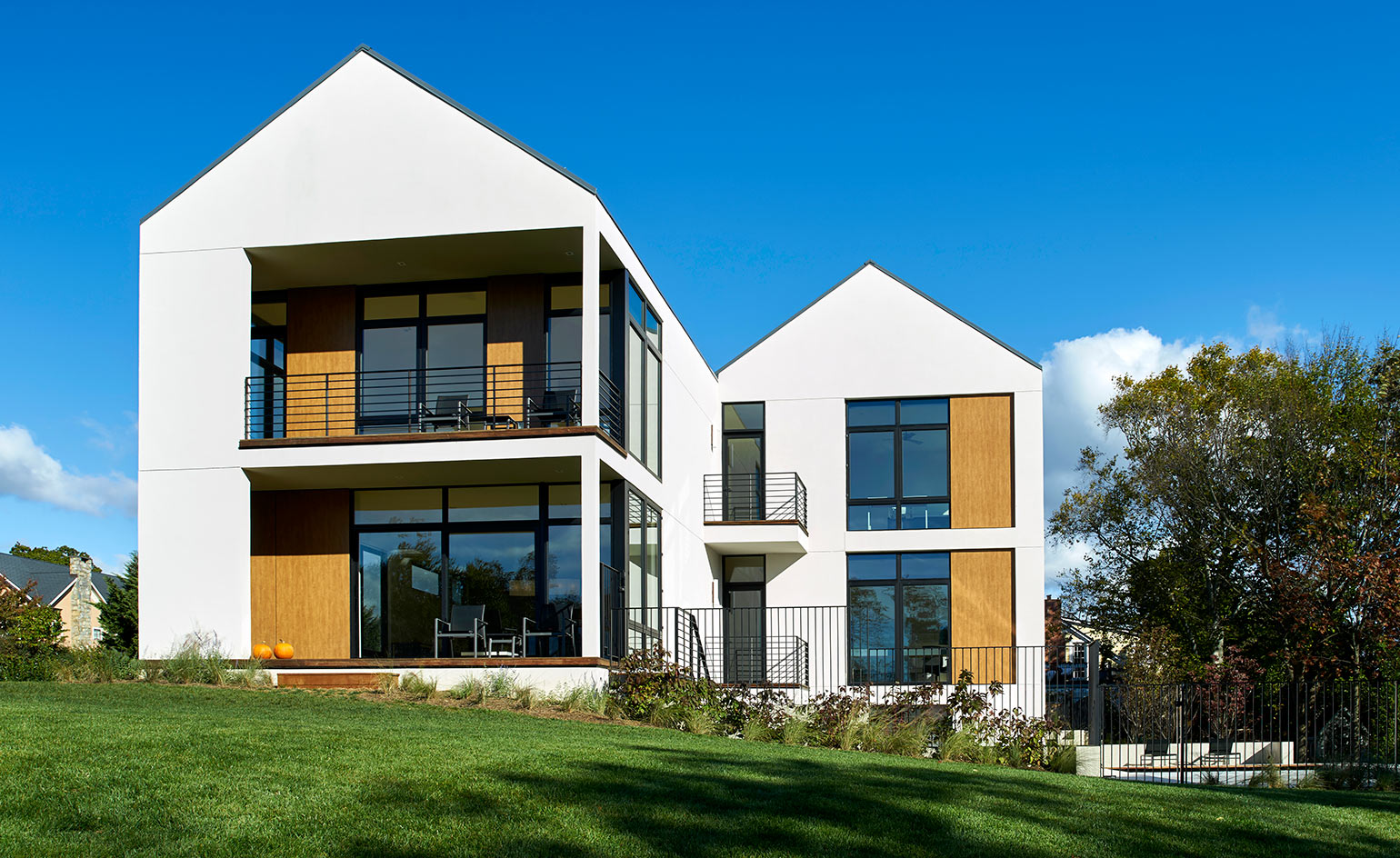
Rosedale Residence, Kube Architecture, 2017: Let the Obamas have Kalorama, with all its media scrutiny and hopped-up security. Two miles northwest, on the last available plot of a 280-year-old heritage area, Kube Architecture has built a 600 sq m house bordering three acres of parkland and literal white-picket fences

Rosedale Residence, Kube Architecture, 2017: Named for the Rosedale Conservancy, the family home is made of two offset saltbox structures, modern barns that nod to the neighbourhood’s rural history. It’s just 15 minutes to Georgetown or the National Mall, but the clean, wide-windowed build, stepping down to rolling lawns, is miles outside town in spirit – and as self-contained as can be, with an outdoor pool and two-storey indoor basketball court

National Gallery of Art extension, Hartman-Cox, 2016: Last year the East Building of the National Gallery of Art, an annex originally designed by IM Pei, added an impressive 1,200 sq m of exhibition space to an already cavernous plan, with two new galleries and a sculpture terrace, inaugurated with a highly distinctive electric-blue ‘cock’ sculpture by Katharina Fritsch

National Gallery of Art extension, Hartman-Cox, 2016: The expanded spaces, designed by local architects Hartman-Cox, will allow for the exhibition of larger sculptures and installations, like Calder mobiles and epic Rothko canvases

The Helicopter Factory, Brook Rose and Mike Burton, under construction: Developer Rose partnered with Baltimore architect Burton of Urban Design Group to split the weathered-brick space into two large flats and repurposed a newer annex into 13 townhouses, landscaping a courtyard between the two types
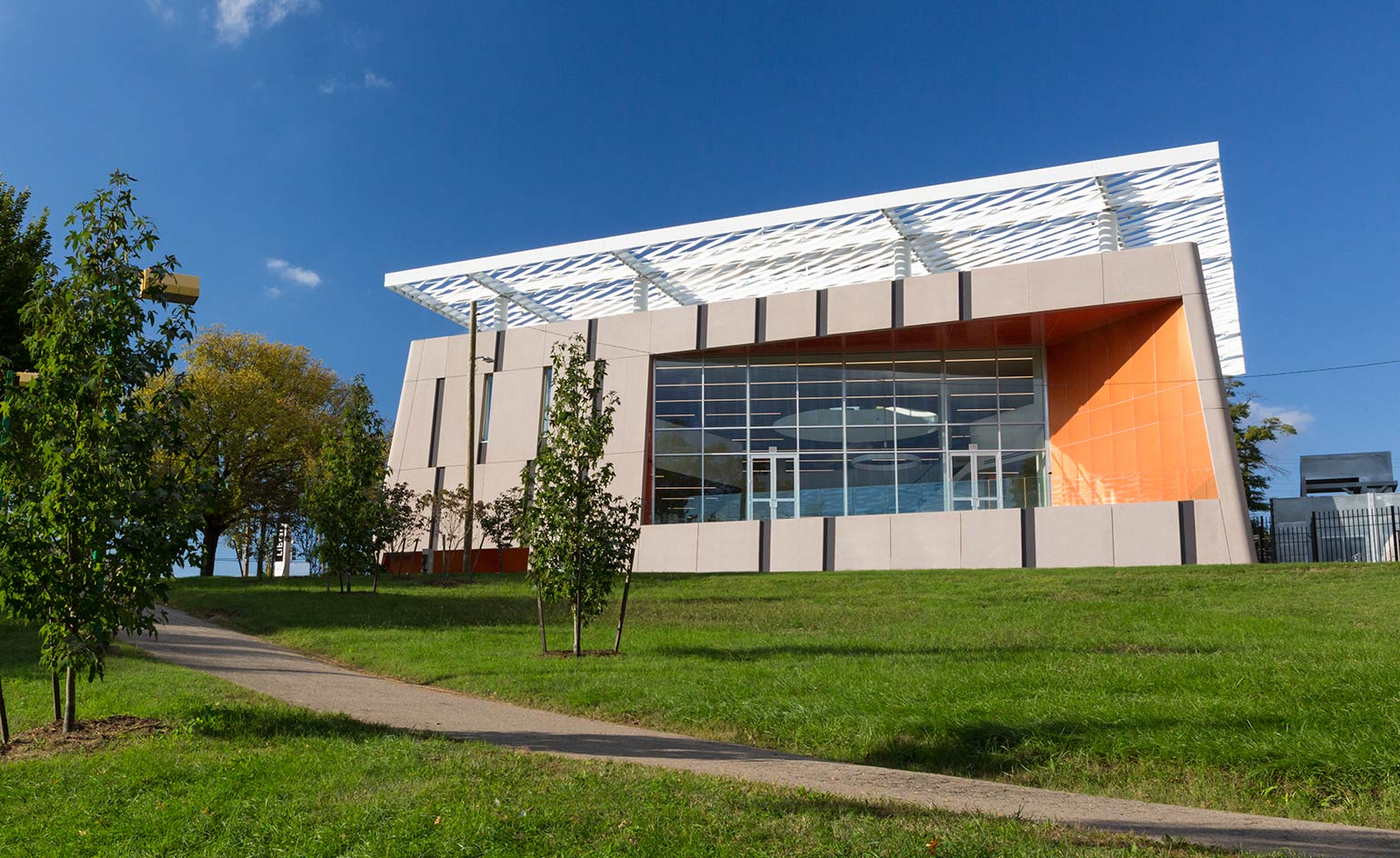
Woodridge Library, Bing Thom Architects, 2016: This public library located in fast-gentrifying Woodridge, a residential neighbourhood in northeastern DC, is business in the front, fun in the back. A contemporary yet subtle street presence in grey precast concrete belies an interior flooded with light from the lattice-topped indoor-outdoor penthouse

Woodridge Library, Bing Thom Architects, 2016: An oculus in the third floor directs it downward into the atrium, accessed by wide stairs and swooping balustrades. The stacks stick to the perimeter and wide, round bookcases echoing the oculus, leaving most of the floor to circulation. Double-height glazing on the back wall faces a deep terrace and the open green of Langdon Park
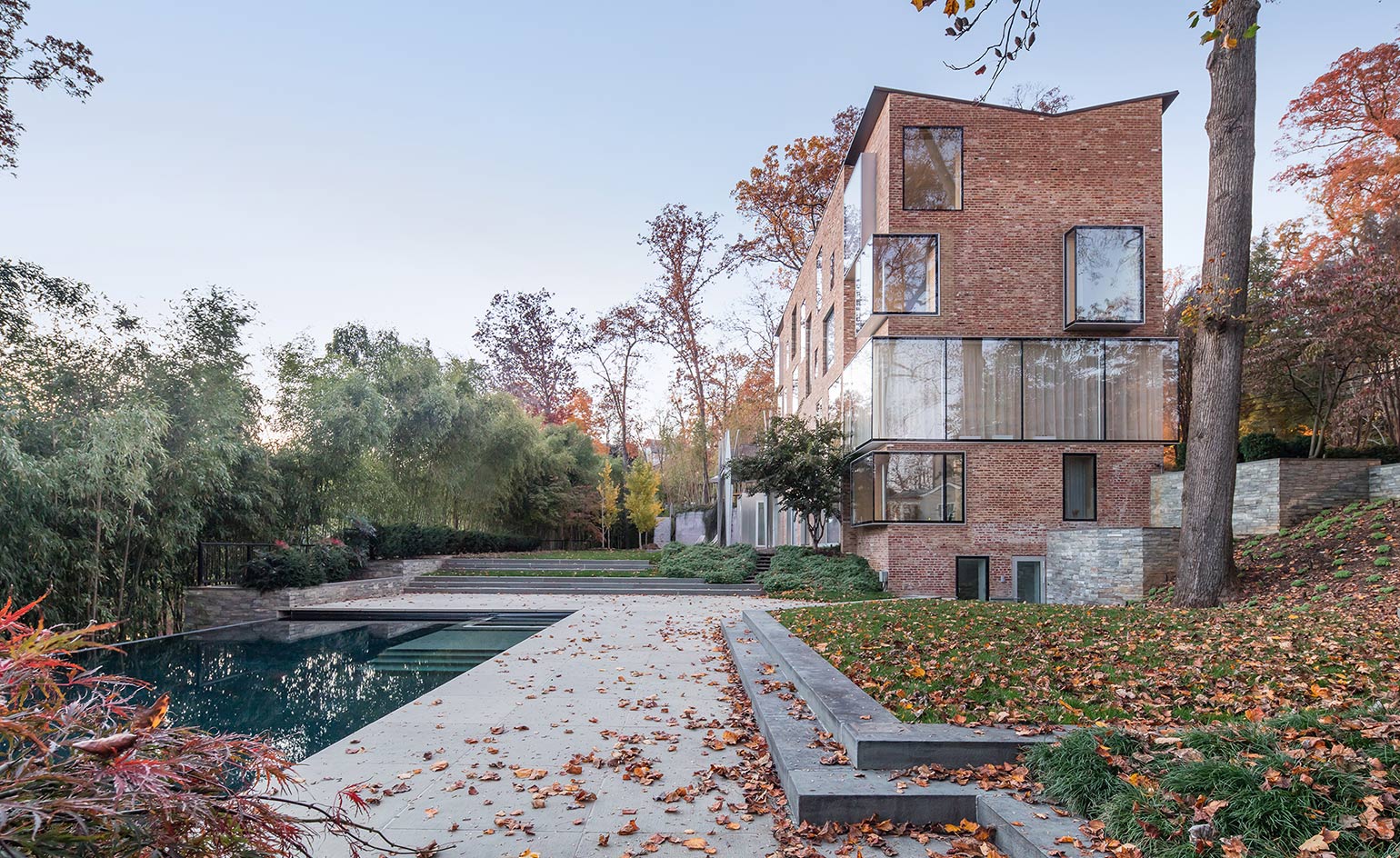
Rock Creek, NADAAA, 2015: NADAAA from New York and Boston, effectively doubled the volume of this 1920s brick house and added as much glazing as the structure would allow. All that remains now is a narrow, classical façade in the vernacular red brick and the grandeur, familiar to this forested neighbourhood north of the city

Rock Creek, NADAAA, 2015: The interior was recast in light laminated plywood panelling, flooring and built-ins. It rises to a vast skylit play loft that carries natural light down through the home – not that any more is needed for all the deep, wide window bays and multi-level voids connecting the common rooms

Rock Creek, NADAAA, 2015: At its heart, a zig-zaggedy spiral staircase with jagged wood balustrades like teeth. Creatively carved wood peek-a-boos between rooms add interest
Receive our daily digest of inspiration, escapism and design stories from around the world direct to your inbox.
Based in London, Ellen Himelfarb travels widely for her reports on architecture and design. Her words appear in The Times, The Telegraph, The World of Interiors, and The Globe and Mail in her native Canada. She has worked with Wallpaper* since 2006.
-
 Terrified to get inked? This inviting Brooklyn tattoo parlour is for people who are 'a little bit nervous'
Terrified to get inked? This inviting Brooklyn tattoo parlour is for people who are 'a little bit nervous'With minty-green walls and an option to 'call mom', Tiny Zaps' Williamsburg location was designed to tame jitters
-
 Let’s hear it for the Chopard L.U.C Grand Strike chiming watch
Let’s hear it for the Chopard L.U.C Grand Strike chiming watchThe Swiss watchmaker’s most complicated timepiece to date features an innovative approach to producing a crystal-clear sound
-
 Form... and flavour? The best design-led restaurant debuts of 2025
Form... and flavour? The best design-led restaurant debuts of 2025A Wallpaper* edit of the restaurant interiors that shaped how we ate, gathered and lingered this year
-
 Step inside this resilient, river-facing cabin for a life with ‘less stuff’
Step inside this resilient, river-facing cabin for a life with ‘less stuff’A tough little cabin designed by architects Wittman Estes, with a big view of the Pacific Northwest's Wenatchee River, is the perfect cosy retreat
-
 Remembering Robert A.M. Stern, an architect who discovered possibility in the past
Remembering Robert A.M. Stern, an architect who discovered possibility in the pastIt's easy to dismiss the late architect as a traditionalist. But Stern was, in fact, a design rebel whose buildings were as distinctly grand and buttoned-up as his chalk-striped suits
-
 Own an early John Lautner, perched in LA’s Echo Park hills
Own an early John Lautner, perched in LA’s Echo Park hillsThe restored and updated Jules Salkin Residence by John Lautner is a unique piece of Californian design heritage, an early private house by the Frank Lloyd Wright acolyte that points to his future iconic status
-
 The Stahl House – an icon of mid-century modernism – is for sale in Los Angeles
The Stahl House – an icon of mid-century modernism – is for sale in Los AngelesAfter 65 years in the hands of the same family, the home, also known as Case Study House #22, has been listed for $25 million
-
 Houston's Ismaili Centre is the most dazzling new building in America. Here's a look inside
Houston's Ismaili Centre is the most dazzling new building in America. Here's a look insideLondon-based architect Farshid Moussavi designed a new building open to all – and in the process, has created a gleaming new monument
-
 Frank Lloyd Wright’s Fountainhead will be opened to the public for the first time
Frank Lloyd Wright’s Fountainhead will be opened to the public for the first timeThe home, a defining example of the architect’s vision for American design, has been acquired by the Mississippi Museum of Art, which will open it to the public, giving visitors the chance to experience Frank Lloyd Wright’s genius firsthand
-
 Clad in terracotta, these new Williamsburg homes blend loft living and an organic feel
Clad in terracotta, these new Williamsburg homes blend loft living and an organic feelThe Williamsburg homes inside 103 Grand Street, designed by Brooklyn-based architects Of Possible, bring together elegant interiors and dramatic outdoor space in a slick, stacked volume
-
 This ethereal Miami residence sprouted out of a wild, jungle-like garden
This ethereal Miami residence sprouted out of a wild, jungle-like gardenA Miami couple tapped local firm Brillhart Architecture to design them a house that merged Florida vernacular, Paul Rudolph and 'too many plants to count’